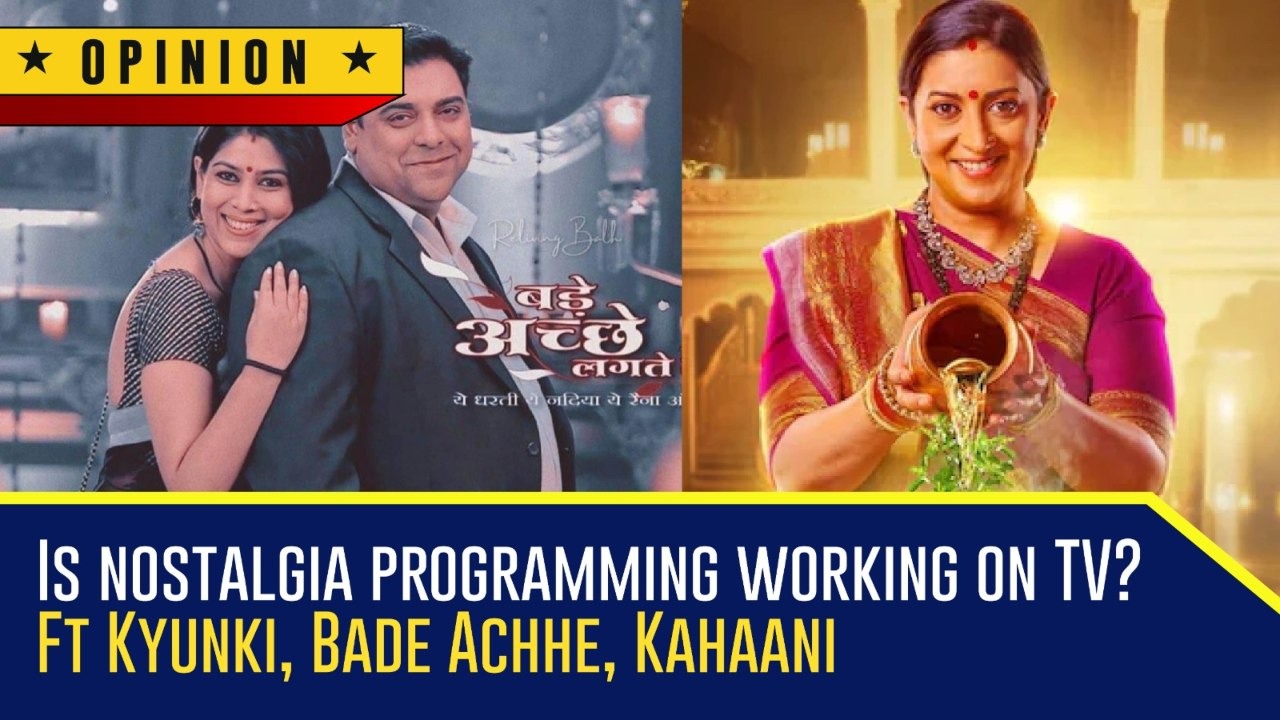Success in the television industry is often more challenging than it seems. In earlier times, television shows achieved impressive ratings, sometimes reaching the 10 TVR mark, but such successes are increasingly uncommon today. The current landscape indicates that fictional programming requires substantial creative investment and engaging narratives to attract audiences. While some long-running series continue to thrive due to established formulas, it’s important to note that many new concepts have struggled to make a significant impact on the small screen in recent times.
In response to the challenging landscape of television programming, makers and broadcasters have been exploring various strategies to engage audiences. A notable trend is the adaptation of popular and successful regional language concepts into Hindi programming. While this approach demonstrates a proactive effort to rejuvenate Hindi fiction across General Entertainment Channels (GECs), it’s important to recognise that this transition may not always lead to guaranteed success for all involved. Overall, the initiative reflects a conscious effort to innovate within the Hindi entertainment space.
The saying “Old is Gold” reflects a growing trend in broadcasting, where networks are increasingly turning to nostalgic shows that resonate with viewers’ memories. This resurgence has led to the return of popular cult classics such as “Bade Achhe Lagte Hain,” “Kyunki Saas Bhi Kabhi Bahu Thi,” and “CID,” as well as programs that follow the Aahat formula. These familiar titles aim to capture the audience’s affection and tap into their nostalgia for past television experiences.
The current trend of nostalgia in television seems uncertain when evaluating the results at hand. Historically, nostalgic content on TV emerged organically, particularly during eras when viewers primarily relied on their television sets for entertainment. However, the landscape has evolved significantly with the rise of over-the-top (OTT) platforms, which offer a diverse array of content for on-demand viewing. This shift has reduced the amount of time viewers spend channel surfing on traditional television, indicating a transformation in consumption patterns and preferences in the media landscape.
Nostalgia can often have significant implications in storytelling and entertainment. While it can evoke strong emotions, it does not automatically lead to success, as evidenced by various outcomes in recent productions. However, adhering to traditional storytelling principles—such as a well-structured plot, engaging character development, and a talented cast—can be vital to creating a compelling narrative. If these elements also evoke a sense of nostalgia, it can enhance the overall experience for the audience.
Popular returning television shows, such as “Bade Achhe Lagte Hain – Naya Season,” “CID,” and “Aami Dakini” (inspired by “Aahat”), have not achieved the expected success recently. In contrast, “Kyunki Saas Bhi Kabhi Bahu Thi” stands out as a relatively new entrant that is gradually capturing the attention of viewers. Although it may not reach the high ratings it once enjoyed in the past, the show is positioned for growth and has the potential to make a significant impact in the current television landscape.
The way to success can be effectively cultivated through a harmonious combination of compelling storytelling, well-developed characters, and skilled performers. What say, folks?


